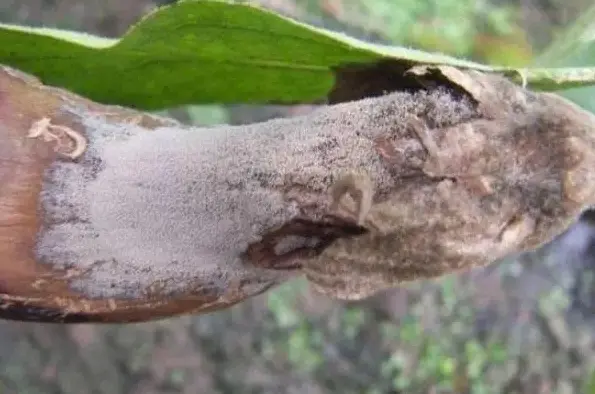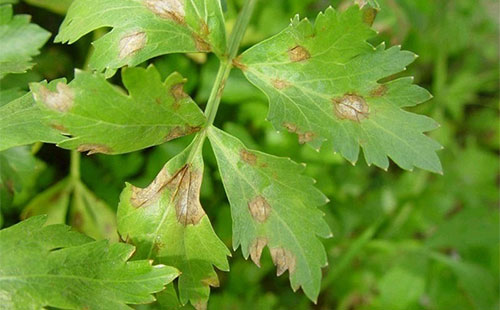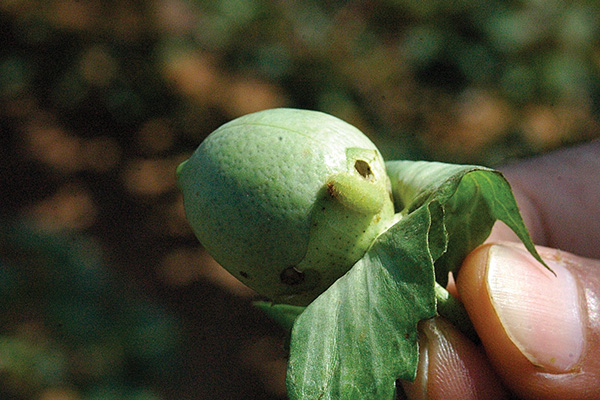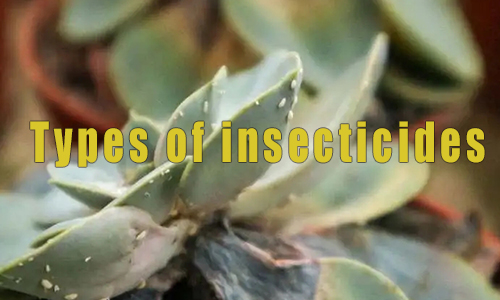1. Lifecycle and Impact on Cruciferous Vegetables
The diamondback moth (Plutella xylostella) is a pervasive pest of cruciferous vegetables such as cabbage, broccoli, and kale. It undergoes multiple generations annually, particularly in temperate regions, producing up to 5-6 generations per year. The moth overwinters as pupae in plant debris and weeds. Adult moths are nocturnal and phototactic, laying eggs on the undersides of leaves. The larvae cause significant damage by feeding on leaves, creating small holes and reducing the photosynthetic capability of the plants, ultimately impacting crop yields and quality.

2. Agricultural Control Methods
Agricultural practices play a vital role in managing diamondback moth populations. Crop rotation is an effective strategy to break the pest’s lifecycle by planting non-cruciferous crops in alternate seasons. Post-harvest, fields should be thoroughly cleaned of crop residues and weeds, which can harbor overwintering pupae. Deep plowing can further disrupt the life cycle by burying pupae, preventing them from emerging as adults. Additionally, intercropping with non-host plants can reduce moth infestations by creating a less favorable environment.
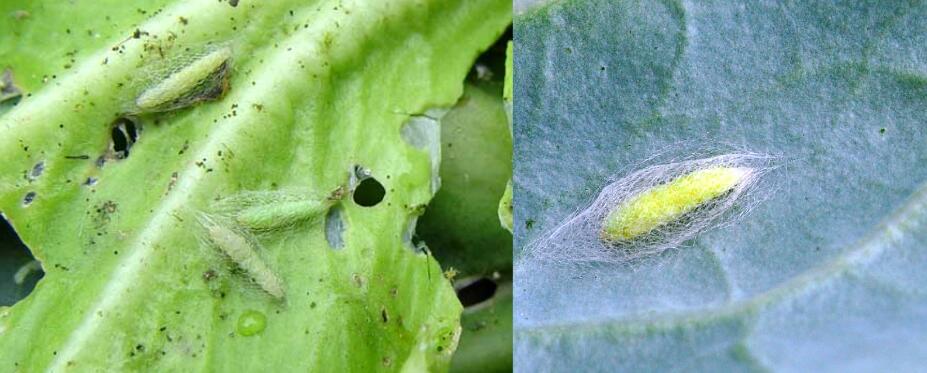
3. Physical Control Techniques
Physical control methods provide an eco-friendly approach to managing diamondback moths. Utilizing black light traps during the adult flight period can effectively reduce the adult population due to their strong attraction to light. These traps should be strategically placed around crop fields to maximize capture rates. Electric grids can also be used to trap adult moths. Regular monitoring and timely deployment of these traps are crucial for maintaining their efficacy.
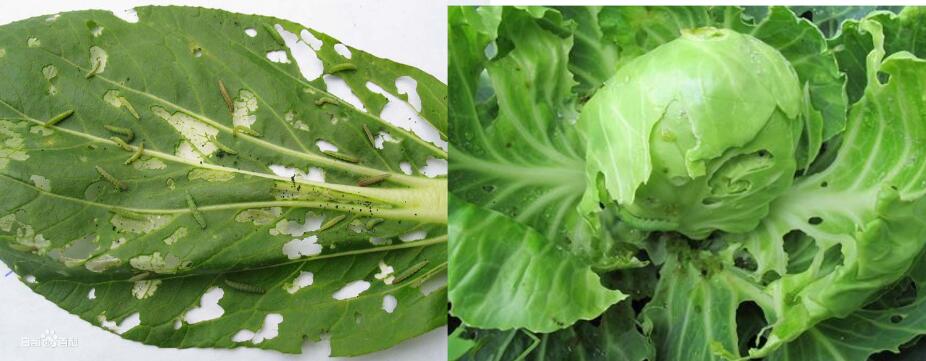
4. Chemical Control Measures
Chemical control is often necessary during severe infestations. Pesticides such as abamectin, imidacloprid, and thiamethoxam are commonly used. Abamectin works by targeting the nervous system of larvae, causing paralysis and death. Imidacloprid and thiamethoxam, both neonicotinoids, disrupt the nervous system by binding to nicotinic acetylcholine receptors. These insecticides should be applied during the egg-hatching period and early larval stages for maximum effectiveness. Rotating between different classes of insecticides helps prevent resistance development, ensuring long-term pest control.


